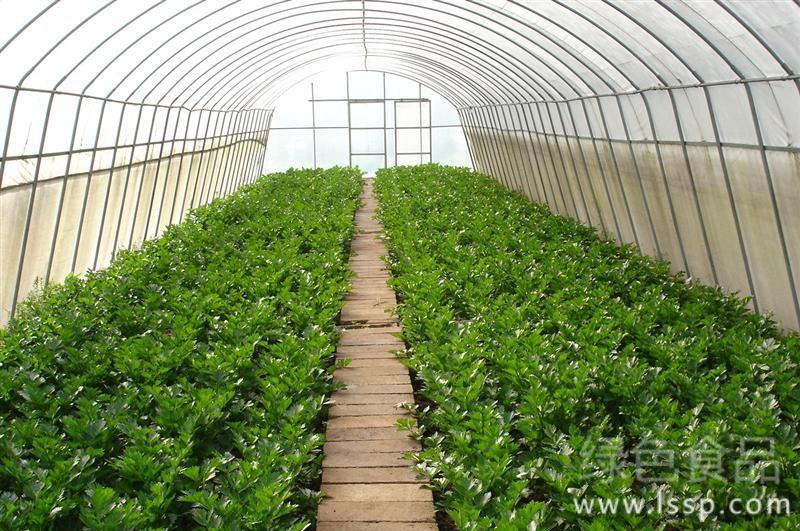Nandou No. 5 (soybean)
Characteristics: white flowers, brown hair, lanceolate leaves, compact plant type, limited pod setting habits. The average growth period is 109 days, the plant height is 49.5 cm, the branches are 2.3, and the 100-grain weight is 22.4 g. The pods are brown when mature. Seeds ellipsoid, testa yellow, umbilicus brown. Average crude protein content was 46.18%, crude fat content was 18.71%.
Yield performance: In 2002, the average yield per mu was 146.5 kg, which was 5.5% higher than that of Xiangchun 10 (very significant); in 2003, the average yield per mu was 140.7 kg, which was 5.2% lower than that of Xiangchun 10; in the two-year regional test, the average yield per mu was 146.0 kg, which was 1.6% higher than that of Xiangchun 10. In 2003, the average yield per mu was 122.0 kg, which was 4.8% higher than that of Xiangchun 10.
Key points of cultivation techniques: 1. Sowing time: spring sowing in the Yangtze River Basin in the middle and late March; summer sowing in the middle and late May; autumn sowing in the early to late July. 2. Planting density: 15,000 - 17,000 seedlings per mu in spring and summer. Intercropping with peanut, sweet potato and other crops to protect 0.2-0.25 million seedlings per mu. 3. Fertilization: 20-25 kg of calcium superphosphate and 1000-1500 kg of human and livestock manure water are applied per mu as base fertilizer.
Examination and approval opinions: After examination and approval, the variety meets the national soybean variety examination and approval standards and passes the examination and approval. It belongs to high protein soybean variety and is suitable for spring sowing in Sichuan Basin and low mountain and hilly areas, northern Hunan, central and northern Jiangxi, southern Anhui, southern Jiangsu and Jianghan Plain of Hubei Province.
- Prev

Nandou 99 (soybean)
(1) Variety source: it is a variant superior plant selected by the Oil Institute of Chinese Academy of Agricultural Sciences introduced by Nanchong Institute of Agricultural Sciences from Sichuan Academy of Agricultural Sciences in 1989 (original code 92001-03). (2) characteristics: the plant height was about 60cm, and the whole plant was born for 113d. Main stem 13.4 nodes, 2.2-3.7 branches, leaves lanceolate, medium size, dark green. Purple flowers, gray hairs, limited podding habits. The pods are dense, the number of pods per plant is 78.3 pods, and the pods are evenly distributed above and below each pod.
- Next

Six mistakes that vegetable farmers are prone to change the film in greenhouses
Six mistakes that vegetable farmers are prone to change the film in greenhouses
Related
- Fuxing push coffee new agricultural production and marketing class: lack of small-scale processing plants
- Jujube rice field leisure farm deep ploughing Yilan for five years to create a space for organic food and play
- Nongyu Farm-A trial of organic papaya for brave women with advanced technology
- Four points for attention in the prevention and control of diseases and insect pests of edible fungi
- How to add nutrient solution to Edible Fungi
- Is there any good way to control edible fungus mites?
- Open Inoculation Technology of Edible Fungi
- Is there any clever way to use fertilizer for edible fungus in winter?
- What agents are used to kill the pathogens of edible fungi in the mushroom shed?
- Rapid drying of Edible Fungi

